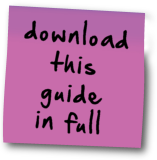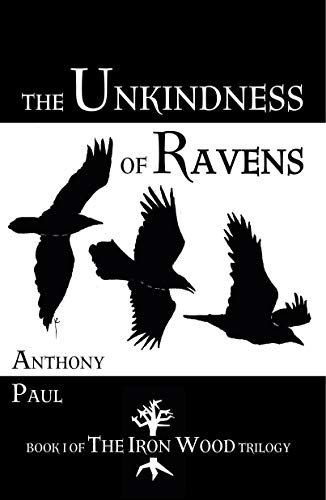Highway 61 Revisited by Bob Dylan
Page 4 of 19 - 1 2 3 4 5 6 7 8 9 10 11 12 13 14 15 16 17 18 19 Purchase full notes for £6.95 (aprox $10.84)
As important as any sense the listener may have of these characters’ identities is the swift, cinematic energy with which they are delineated and then discarded. ‘Johnny’ in his basement and the ‘man in a trench coat’ flicker through the mind, barely registering as separate, unique individuals, so that someone hearing a song like ‘Subterranean Homesick Blues’ might easily be reminded of the even more rapid imagery of Allen Ginsberg’s Howl:
Peyote solidities of halls, backyard green tree cemetery
dawns, wine drunkenness over the rooftops, storefront boroughs of teahead joyride neon blinking traffic light, sun and moon and tree vibrations in the roaring winter dusks of Brooklyn, ashcan rantings and kind king light of mind,
This is a poetry in which images as well as individuals are swiftly lost to the mind’s eye in a rapid succession of words that inevitably becomes incoherent (to a degree) and imprecise. The reader’s mind is drawn into an impressionistic, associational state in which rhythms and sounds can be as important as meaning and coherence, arguably acquiring thereby the poet’s own ‘kind king light of mind.’ This is another form of liminality: the threshold between coherence and incoherence, between the real and the surreal, between meaning and non-meaning, and it is one particularly associated with the Beat Movement. It should be stressed that Beat poetry and prose is rarely meaningless per se, but it certainly dallies with the deliberate denial of easy ‘sense’. This is what gives a – typically Beat – line like ‘Praise be to Nero’s Neptune, the Titanic sails at dawn’ (from ‘Desolation Row’) its peculiar impact: the words as they are heard and processed seem poised on the brink of meaning something significant, but when they are thought about more closely it is difficult to say that they actually mean very much at all. The ‘old time religion’ associations of ‘Praise be’ and the alliteration and assonance in ‘Nero’s Neptune’ seem as important, if not more important, than the meaning of the words as sung, and the coherence of rhythm and sound combined with the incoherence of meaning mysteriously helps the listener accept that a ship is about to sail ‘at dawn’ which, according to history, sank in 1912. Often it is simply the rush – the qualities of speed and insistent rhythm, so evident in a poem like Howl, or a song like ‘Subterranean Homesick Blues’ – that feeds the richness of ambiguity in a text, as well as providing a rhetorical justification for this technique, in that the song or poem becomes mimetic of the partially incoherent rush of thoughts encountered in certain heightened mental states of awareness.

